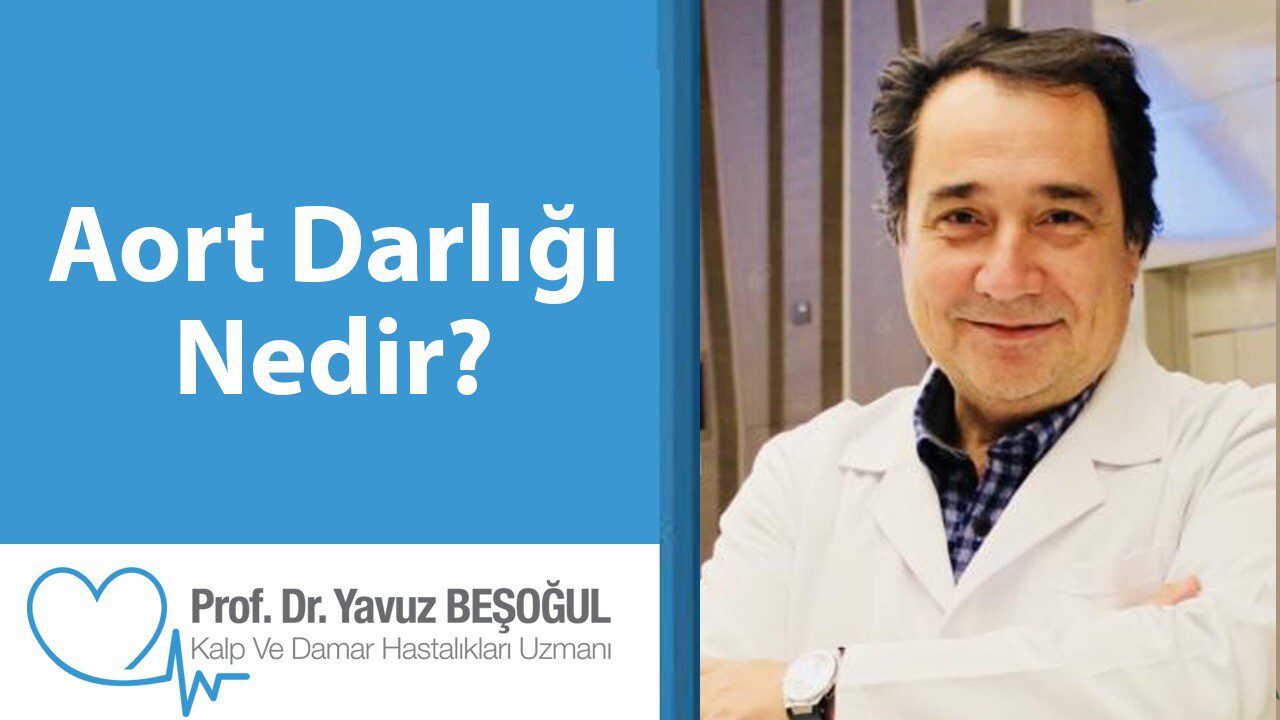https://www.youtube.com/watch?v=YJ_ZSLvKPr8
The largest vessel in the body is the aorta. Aorta is an important blood vessel that carries clean blood from the heart to all organs. The average blood carrying capacity of the aorta is 6-7 liters. There is also the aortic valve, one of four valves in the heart. The aortic valve is the valve through which clean blood from the left ventricle passes before going from the aorta to the body. The aortic valve ensures that blood flows in the correct direction and that blood does not flow backwards. In some cases, problems such as narrowing or insufficiency of the aortic valve occur.
The aortic valve becomes calcified and cannot be opened if the deformation narrows. As a result, blood pumped from the heart has difficulty passing through the narrowed aortic valve. For this reason, the heart muscle begins to strain and becomes strained, and all the burden falls on it. This causes the heart muscle to thicken and fail. aortic stenosis Heart failure can also be life-threatening if left untreated.
İçindekiler Tablosu
What are the Symptoms of Aortic Stenosis?
aortic stenosis Patients with this condition begin to experience shortness of breath even with the slightest exertion. He/she mostly experiences shortness of breath while doing activities such as walking or climbing stairs. However, chest pain may also occur. Fainting may occur in patients with very advanced aortic stenosis. The risk of death is quite high in patients at this stage. Symptoms that may be seen in aortic valve stenosis can be listed as follows:
- Don't get tired easily with effort
- dizziness
- Palpitation
- Weakness
- Fainting
- Shortness of breath
- chest pain
What are the causes of Aortic Valve Stenosis?
aortic stenosis It is a disease usually seen in the elderly. It is a natural valve disease that can be seen in most elderly people. If wear, arteriosclerosis and calcification affect the aortic blood vessels with advancing age, narrowing of the aortic valve occurs. aortic stenosis It can also be seen in young individuals. Aortic stenosis may be caused by congenital defects. As a congenital cause, aortic valve stenosis may occur due to the presence of 2 leaflets instead of three in the heart. Rheumatic heart disease and valve infection can be listed as causes of aortic stenosis.
How is Aortic Valve Stenosis Diagnosed?
Patients with complaints related to aortic stenosis consult a cardiologist. The cardiologist first takes a detailed history of the patient, listens to his problems and performs a physical examination. During physical examination, a murmur is heard while the heart is resting. After the physical examination, the patient is given an echocardiogram. Later heart A complete diagnosis is made by catheterization and angiography.
How is Aortic Stenosis Treated?
aortic stenosis It is treated with medication, but this treatment only relieves the symptoms. It does not extend life. It is impossible to treat a worn, narrowed aortic valve with medication. In this case, two different treatments come into play. One of these is open surgery. In open valve surgery, the surgeon must open and gain access to the heart to reach the diseased valve. In this case, the patient is connected to a heart-lung machine and his heart is stopped. In open surgery, a new mechanical or bioprosthetic valve is inserted. However, TAVI method is used in patients who are too risky for open surgery. In other words, the aortic valve of the heart is reached with the help of a system that enters the valve from the inguinal artery.
After the placement system transmitted to the heart reaches the place where the valve needs to be placed, the valve mounted on a large stent is placed in the region. The process is terminated after it has been shown that the cover is properly placed and working well. In the TAVI method, no incisions are ever made. The TAVI method is used to treat aortic valve disease. While it was initially used for patients who were not suitable for surgery, it has now been accepted as an option for patients with very high surgical risk, patients with medium-high surgical risk, and more recently, patients with low surgical risk.


